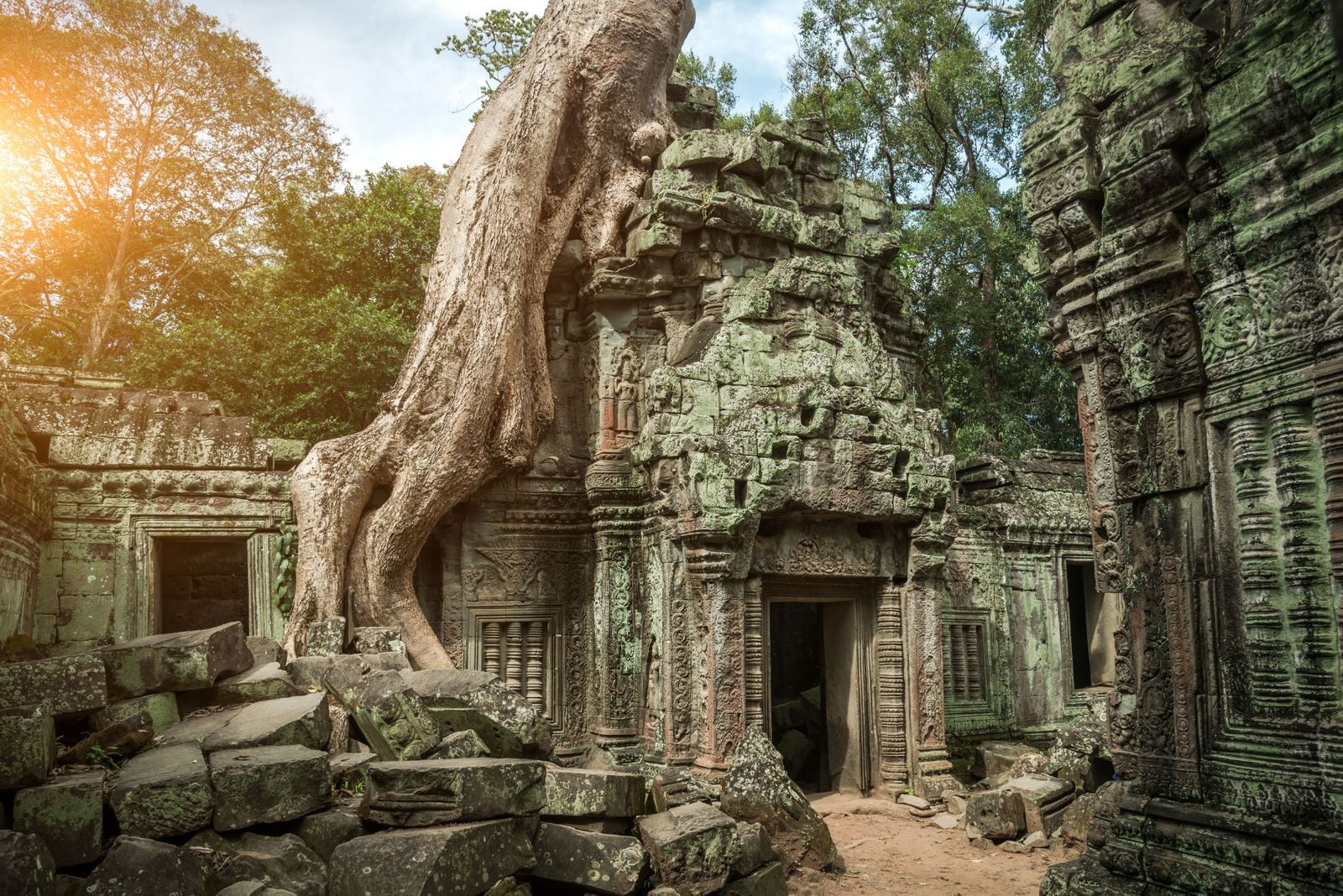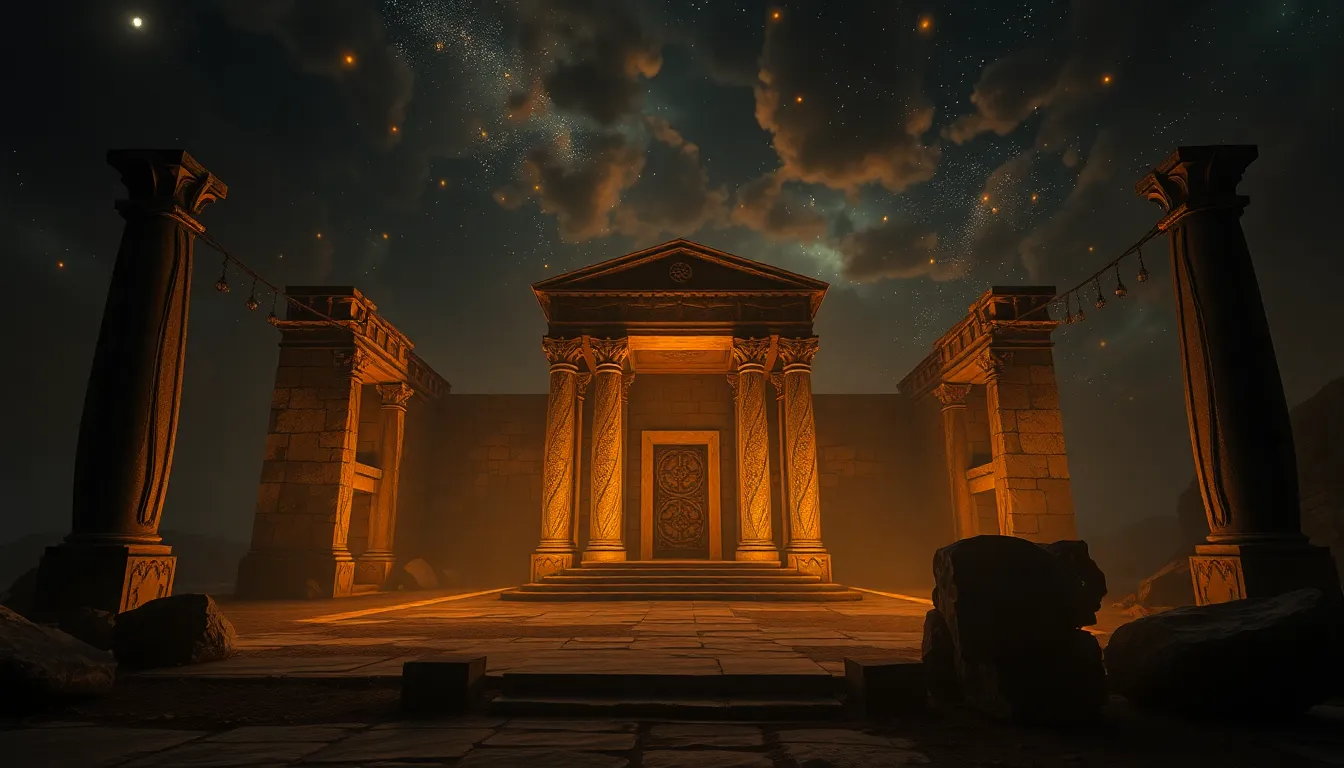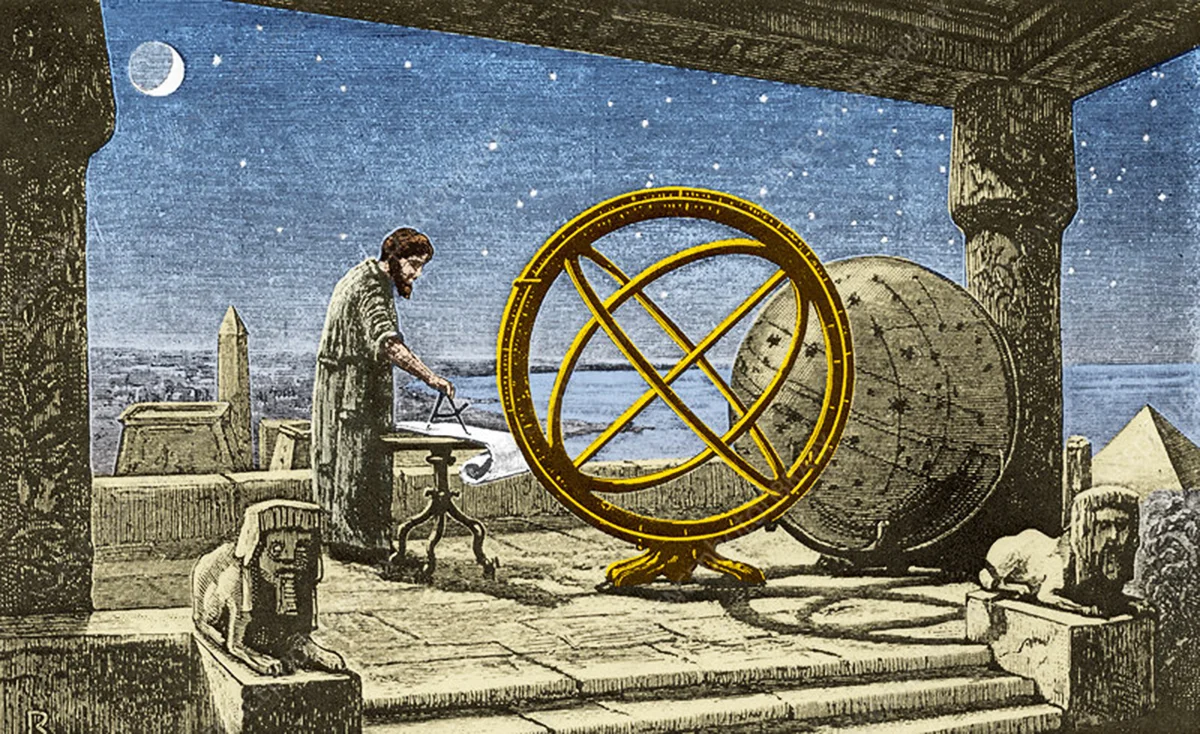Lost Kingdoms in the Jungle: Rediscovering Civilizations Hidden by Nature
For centuries, explorers and scholars have spoken of lost kingdoms in the jungle — cities swallowed by vines, temples buried under roots, and monuments overtaken by the slow reclaiming power of nature.
But what if these jungles are not just hiding the ruins of once-great societies, but evidence that human civilization is far older, more widespread, and more advanced than we’ve ever imagined?
The Jungle That Remembers
The rain-forest forgets nothing — it simply conceals. From Central America to Southeast Asia and the Amazon Basin, satellites and LiDAR technology are peeling away the green canopy to reveal vast, interconnected urban networks once thought impossible for ancient cultures.
Until recently, these civilizations were dismissed as isolated or primitive. Today, they are reshaping our understanding of urbanism, agriculture, and environmental adaptation thousands of years before modern times. In 1925, explorer and surveyor Percy Fawcett disappeared in the Amazon basin looking for an ancient civilization. Although he was inspired by possible questionable sources, we now know if his search was not in vain, discoveries are been made in the Amazon Jungle. And what about the story and legends of the lost city of El Dorado?
Angkor Wat and the Lost Cities of Cambodia
At the heart of Cambodia, Angkor Wat stands as the largest religious monument ever constructed — but it is only one part of a much larger story.
LiDAR surveys conducted by the University of Sydney in 2012 revealed that Angkor was just the center of a mega-city — a vast grid of roads, canals, reservoirs, and temples hidden beneath the jungle floor.
These scans showed that between the 9th and 15th centuries, the Khmer Empire built a city covering over 1,000 square kilometers, larger than modern Paris. The network demonstrates advanced engineering, water management, and astronomical alignment — echoing similar principles found in Egypt, Mesoamerica, and Mesopotamia.
When drought and ecological collapse struck in the 15th century, the city was slowly reclaimed by the jungle — until French explorers “rediscovered” it in the 19th century.
Amazonia: A Hidden Civilization Beneath the Trees
For decades, archaeologists assumed that the Amazon rain-forest could not have supported large, complex societies. The soil was considered too poor for agriculture, and the environment too harsh for permanent settlement. In fact, Terra Preta is primarily found in the Amazon rain-forest region, particularly in Brazil, encompassing millions of hectares. Its name, which means “black earth” in Portuguese, aptly describes its characteristic dark coloration. What sets terra preta apart from conventional soils is its human-made origin. It is believed to be the result of thousands of years of ancient Amazonian civilizations’ intentional soil management practices.
That assumption no longer holds.
LiDAR mapping and drone surveys in Bolivia, Brazil, and Ecuador have revealed geometric earthworks, causeways, and city layouts — some dating back 2,000 years or more.
In 2022, scientists reported the discovery of Casarabe, an ancient city with monumental architecture, terraces, and pyramidal mounds, hidden beneath the Bolivian Amazon canopy.
These findings suggest the Amazon was not an untouched wilderness, but a cultural landscape — an engineered ecosystem maintained by advanced agro-forestry, irrigation, and social organization.
Could these “lost kingdoms” represent the descendants of even earlier civilizations — perhaps survivors of pre-cataclysmic societies?
The Maya: Astronomers of the Rainforest
The Maya civilization, stretching across modern-day Mexico, Guatemala, Belize, and Honduras, remains one of the most enigmatic.
LiDAR surveys in recent years have uncovered over 60,000 hidden structures — including temples, roads, reservoirs, and fortifications — all interconnected across vast networks.
These discoveries confirm that Maya cities were part of a sophisticated regional system, complete with astronomical observatories precisely aligned to solstices and planetary cycles.
Inscriptions suggest they tracked the movements of Venus and Mars with near-modern precision — an echo of lost astronomical knowledge that might have survived from far earlier ages.
The Jungle’s Secrets Are Global
Jungle civilizations are not limited to the tropics of the Americas or Asia.
In Africa’s Congo Basin, aerial and ground surveys are revealing traces of ancient agricultural terraces and settlement mounds.
In Sri Lanka, ruins of Sigiriya rise above the jungle — an ancient citadel whose water gardens display hydraulic engineering rivaling Rome’s.
Even in Papua New Guinea, archaeologists have found evidence of prehistoric forest management and irrigation systems — showing that jungle adaptation was not a regional phenomenon, but a global pattern of lost human ingenuity.
What We’re Learning — and What We’ve Lost
Modern tools are allowing us to rediscover what nature concealed. Yet these revelations raise difficult questions:
-
How many civilizations rose and fell before recorded history?
-
Could earlier global cataclysms — floods, volcanic winters, solar flares — have erased entire chapters of humanity’s past?
-
And if the jungle preserved the memory of forgotten peoples, what remains hidden beneath deserts, ice, or the ocean floor?
Each new LiDAR scan, each new excavation, reshapes our timeline.
It reminds us that history is not a straight road but a labyrinth — one where paths lost to time are now being illuminated once again.
Key Concepts
-
LiDAR technology is uncovering ancient city networks under jungles.
-
Angkor, the Amazon, and the Maya show advanced water, agricultural, and astronomical systems.
-
Ancient civilizations were interconnected and environmentally adaptive.
-
Natural cataclysms and ecological shifts likely caused their collapse and concealment.
-
Humanity’s true timeline may be far older and more cyclical than current history suggests.
Additional readings
-
Smithsonian Magazine – “Ancient Amazonian Cities Revealed by LiDAR”
-
NIH.gov – “Angkor LiDAR Project Findings”
-
Smithsonian – “The Maya Megacities Hidden Beneath the Jungle”
-
National Geographic – “Amazon’s Forgotten Civilizations”
-
Graham Hancock – “America Before: The Key to Earth’s Lost Civilization”






